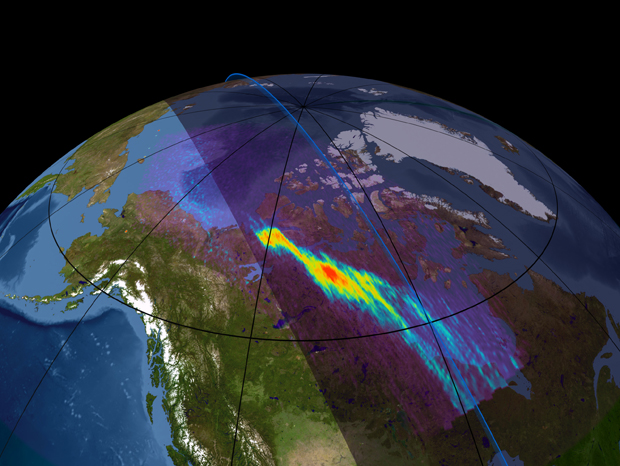by Danielle Rippingale
Test your EQ (eco-intelligence) by matching these must know terms with the correct definitions.
1. Carbon Dioxide 2. Carbon Offsetting 3. Greenwashing 4. Climate Change 5. Energy Star 6. Post-consumer 7. Fossil Fuel
8. Renewable Energy 9. Carbon footprint
A. A financial instrument aimed at the reduction of greenhouse gas emissions
B. The amount of greenhouse gases a particular activity, purchase or product produces
C. The result of natural processes or human activity and can be seen as changes in temperature, precipitation and winds
D. The energy generated from natural resources such as sunlight, wind, rain, water and geothermal heat
E. A by-product of the combustion of fossil fuels and a greenhouse gas
F. The most heavily practiced form of recycling in which materials are recycled and/or re-constituted into a product for the consumer market once again
G. An international standard for energy efficient consumer products
H. Fuels such as coal, oil and natural gas
I. The use of weak environmental claims by companies in order to sell a product
Answers and other facts to drop at your next dinner party:
1) E—The oceans absorbed about 50 percent of the carbon dioxide (CO2) released from the burning of fossil fuels, resulting in an increasing problem of ‘ocean acidification.’
2) A—One carbon offset represents the reduction of one metric ton of carbon dioxide or its equivalent in other greenhouse gases. They are purchased by a compliance market (companies, governments, etc.) that buy carbon offsets in order to comply with caps on the total amount of carbon dioxide they are allowed to emit, or by the voluntary market (individuals who purchase carbon offsets to mitigate their own greenhouse gas emissions from transportation, electricity use, and other sources). The Kyoto Protocol has sanctioned offsets as a way for governments and private companies to earn carbon credits that can be traded on a marketplace.
3) I—Check out www.greenwashingindex.com for the worst offenders.
4) C—Climate change is the long-term change in the statistical distribution of weather, and may be limited to a specific region or occur across the entire earth. Recent usage of the term refers to the changes in modern climate as it adversely affects communities all over the world and relates to global warming.
5) G—Initiated as a voluntary labeling program designed to identify and promote energy efficient products, devices carrying the Energy Star logo (computer products, kitchen appliances and buildings, for example) generally use 20 to 30 percent less energy than required by federal standards. This program can be found in the USA, Australia, Canada, Japan, New Zealand, Taiwan and the European Union.
6) F—Recycling that occurs when post-consumer materials have passed through the consumer market and are discarded before being recycled (for example, plastic PET bottles that are made into fabric).
7) H—Fossil fuels are made by the decomposition of fossilized plants and animals and are non-renewable resources because they take millions of years to form, and reserves are being depleted much faster than new ones are being formed. The burning of fossil fuels produces around 21.3 billion tons of carbon dioxide per year, but it is estimated that natural processes can only absorb about half of that amount.
8 ) D—The renewable energy market continues to grow and receive government support as concerns surrounding climate change and high oil prices grow. Examples: Brazil has one of the largest renewable energy programs in the world with the production of ethanol fuel from sugar cane, and Kenya has the world’s highest ownership of household solar power units.
9) B—The carbon footprint represents the impact an individual, nation or organization has on the environment and is a subset of the ecological footprint and of the more comprehensive life cycle assessment.
ECO FACT:
Ninety-five percent of the water that enters a household ends up going down a drain.
GREEN GLOSSARY:
Reclaimed: Materials that were destined for the landfill, but were rescued and refurbished as a new product (such as bricks from a demolished building that are used to build a fireplace).
External Link:
Eco Intelligence









